Edwards: For Those Frustrated with National Chaos, Local Politics is a Better Focus
August 30, 2019
Last November, over 75% of all active, registered voters in Utah turned out to vote in the 2018 Midterm Elections. Tens of thousands of new voters were registered across the state, and hundreds of volunteers knocked on doors and made phone calls for the candidates they supported.
The $11.4 million race between now-Congressman McAdams and former Congresswoman Mia Love was easily the most dramatic election of the year. Along with the increased attention from local media and spending, these campaigns engaged in a level of negative attack ads and name-calling that has been criticized by many observers of Utah politics. Many understandably disenchanted voters found the negativity surrounding the fight for Utah’s 4th Congressional District to be frustrating and unbecoming of both candidates.
Luckily, this kind of negativity, which one might expect in other state and national elections, is not very common in Utah politics. Here, the majority of political messaging tends to be focused on ideas instead of individuals, emphasizing the needs of constituents and issues important to their community. This is especially true on the local level.
Even though people do not like the pettiness of national politics, many ignore their productive local political scene because is not as exciting to them. Understanding of local politics is often informed by local reporting — smaller community issues are often placed on the back-burner when compared to more sensational coverage from national media outlets. Even so, the decisions made on the local level can have a far larger effect on people’s daily lives. For those interested in becoming involved in politics and making a difference in their community — but are turned off by the negativity of high-profile elections — local politics is a great place to start.
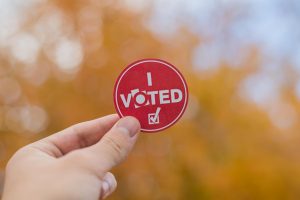
Local politics tend to be more productive because of the type of issues that municipal and county governments address. Federal government focuses on big-picture policies and programs like deficit reduction, healthcare, wages, immigration and national security. Local governments deal with everyday issues like the property and sales tax, air quality, infrastructure, public utilities, homelessness, affordable housing, waste management, law enforcement, land zoning, elections, parks and even public libraries.
While there are always exceptions, local politics is generally focused on issues that impact residents the most like infrastructure, public utilities and emergency services. But just because the issues municipal government deal with are less intriguing doesn’t mean they don’t have a large impact on people’s lives, in fact, it may even mean the opposite. City and county governments can have huge amounts of influence on the lives of their residents, not only because of the variety of issues they address but the frequency of residents interacting with municipal government services.
City officials advocate for the needs of their constituents on the state level. Some of this maintains programs that cities already have, but they also propose forward looking policies. During the 2019 Legislative Session, HB411 created the framework for cities like Salt Lake City to partner with a public utility to transition their residents to net-100% renewable energy. The actual amount of power local governments wield varies between policy areas, but it is indisputable that the work of city and county governments affects the daily lives of their residents.
On March 18, Jackie Biskupski, the current Mayor of Salt Lake City, announced that she would no longer be seeking a second term due to a “serious and complex family situation.” Her absence left the primary field with eight candidates: Erin Mendenhall, Luz Escamilla, Rainer Huck, Richard Goldberger, David Garbett, Stan Penfold, Jim Dabakis and David Ibarra.
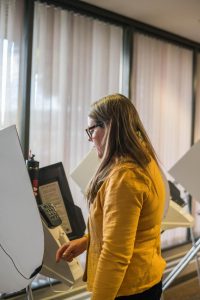
Ballots for the 2019 primary elections were due by August 13, and as of the most recent vote totals on Wednesday morning, Salt Lake City Councilwoman Erin Mendenhall is in the lead with the highest vote share, and former state Senator Jim Dabakis and current state Senator Luz Escamilla are neck and neck for the second spot on the general election ballot. But the voter turnout levels were only slightly higher than Salt Lake City’s average. As of Wednesday morning, only 22.48% of Salt Lake City voters had voted in the mayoral primary, far lower than the 40-50% Salt Lake County Clerk Sherie Swenson expected.
When Mayor Biskupski was first elected in the fall of 2015, incumbent mayor Ralph Becker lost his reelection campaign, receiving 1,194 fewer votes than Biskupski. In 2015, Salt Lake City voters turned out at a rate of 54.6%, the highest rate in the city’s history for an off-year election. The recent low turnout rates are disheartening and leave much room for improvement.
The mayoral election is not only interesting, it will be incredibly impactful for daily life in Salt Lake. Intense controversy and debate has consumed the Legislature’s efforts regarding the Inland Port, which Biskupski is currently suing over. Affordable housing has become an increasingly important topic for many residents in Salt Lake as the city has been growing over time. Homelessness remains a top concern for many people, and poor air quality continues to diminish the quality of life for many residents. The next mayor of Salt Lake City will have to lead the charge on these issues, which makes it even more necessary for residents to become engaged in local politics.
Salt Lake City residents who are eligible to vote should become educated about the different candidates in the upcoming mayoral election, and vote for the candidate they think will be best for the city. The last day to register to vote by mail and in-person/online before the November 5 election is Oct. 7 and Oct. 29 respectively. On the week of Oct. 14, the Salt Lake City Clerk’s office will send absentee ballots to all registered voters in Salt Lake City. The last day to mail-in a ballot will be Oct. 29 and early voting will take place from October 30 to November 4, 2019. Other important dates for the Salt Lake elections can be found on the county clerk’s website, along with additional information about early voting locations, election day vote centers, and ballot drop box locations.
Because of low voter involvement in local politics, and the already small number of residents in a typical city or county, one person’s involvement can have a large impact on their community. For people who want to make a difference in Salt Lake, local politics is a great place to start. Voting is the most obvious way to become involved, but there are many other ways to get involved for those who want a greater voice in their community. Salt Lake City residents can volunteer or donate to the campaign of their choice, or even run for local office themselves. Even after the campaign season has ended, they can be involved in local community organizing and citizen lobbying. Polarization and national frustration aside, Utahns should become involved in local politics – in whatever way they can — to do their part in improving and strengthening this thriving and diverse community in the heart of Utah.


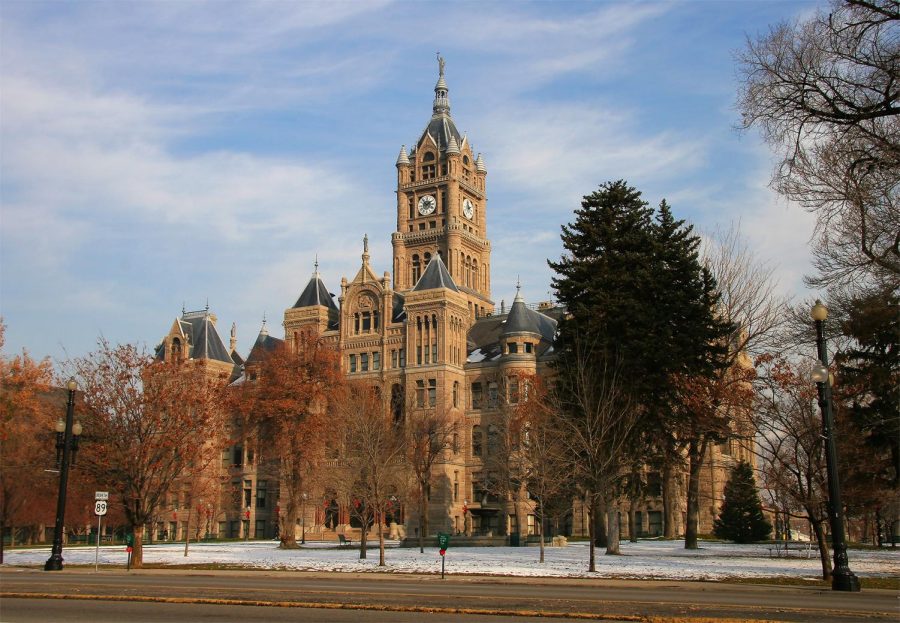
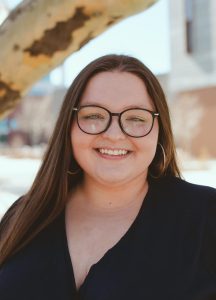
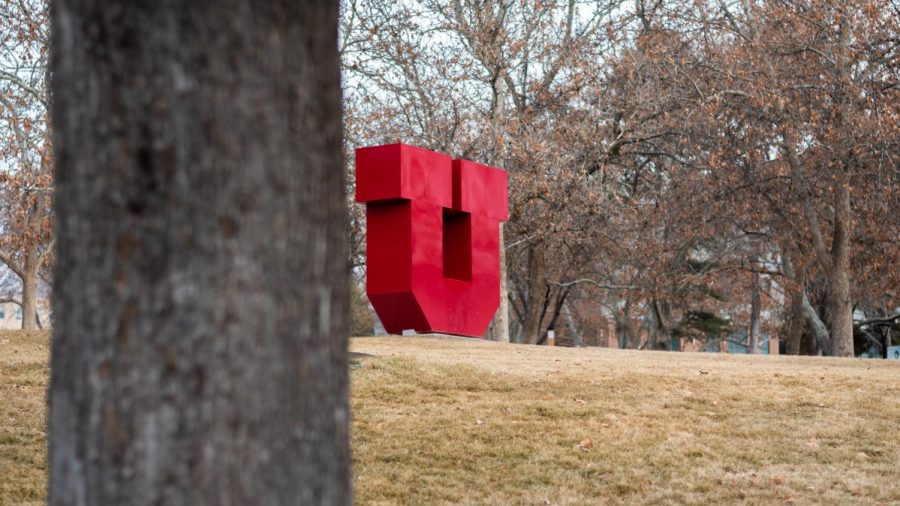

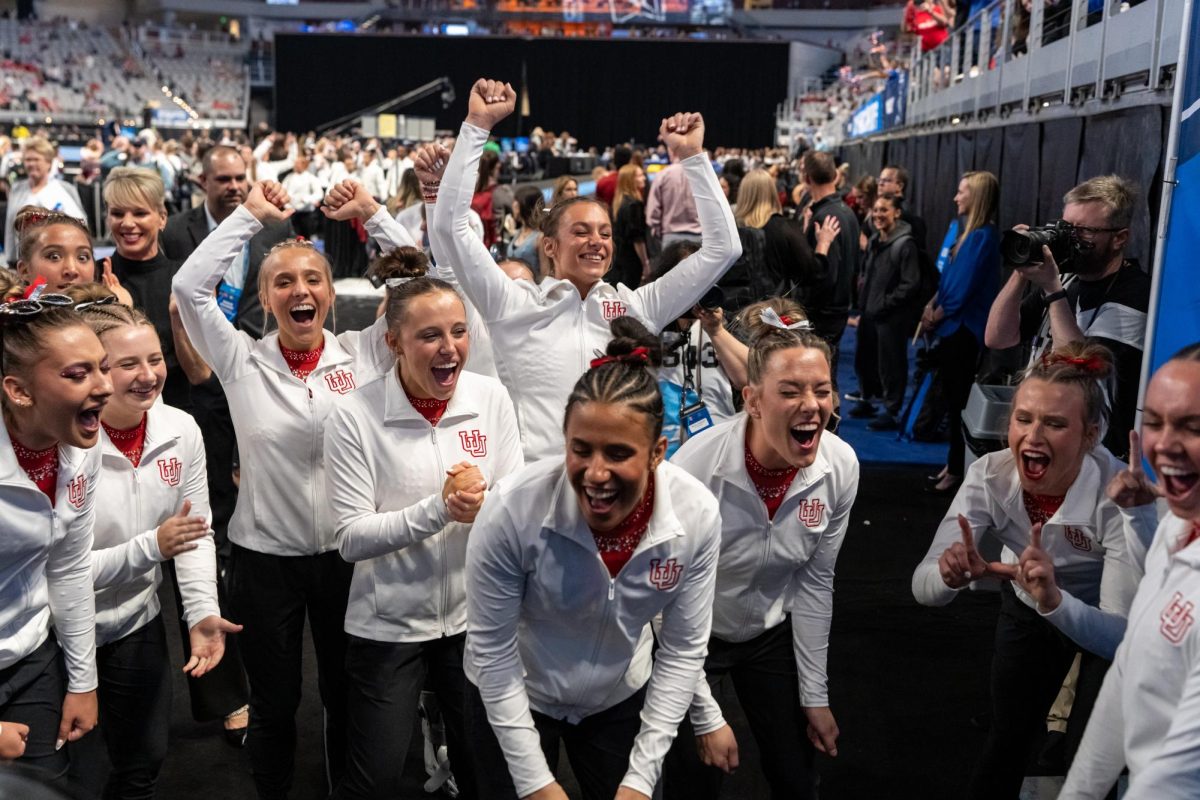

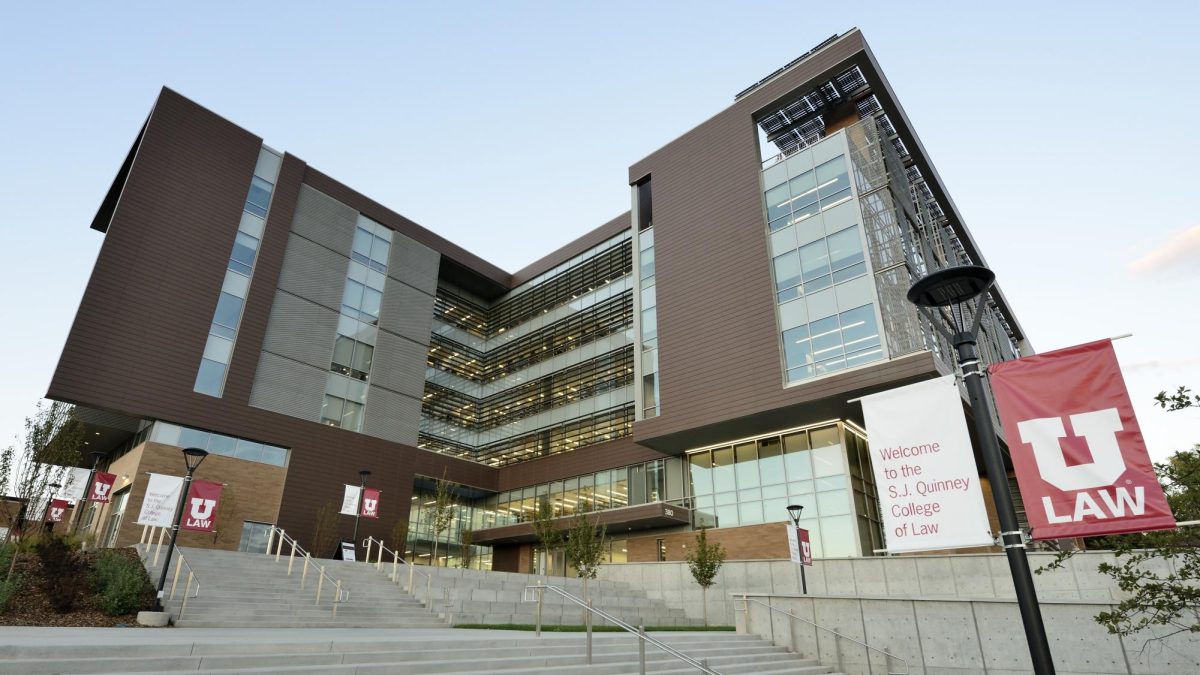




Linda Bead • Sep 8, 2019 at 11:00 pm
Getting involved and seriously interested in Salt Lake City is futile until Utah Policy, Salt Lake Tribune and Deseret News start fact checking candidates claims. The flashy, jibbery-Jabbery,candidates are not the ones that are the best functional representatives for mayor; but they are the ones that do best in debates for elections in Salt Lake races ; because none of the local media does fact check s to expose what is under the shiny camera friendly packages. It is a huge disservice to voters. Our local media is Salt Lake City’s Gatekeepers. They need to look for the stories behind the candidates just as our national media does. They need to study the background and issues of each candidate and tell voters the truth the candidates don’t provide about themselves. Our local news media failed voters miserably this election and in prior elections with this vital requirement.
Salt Lake City is a smaller stage but that is no excuse for local media just letting candidates say whatever they want; without fear of being discovered by ethical, exceptional journalists. Voters can’t do this job in comments. That vehicle does not have sufficient reach. It is the charge of our local Salt Lake City media. Step up.